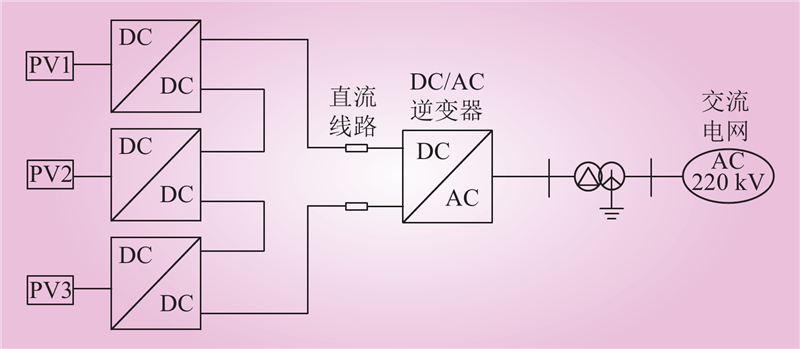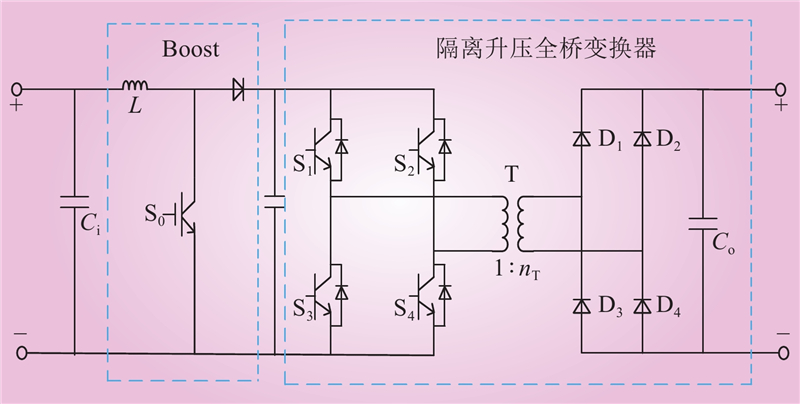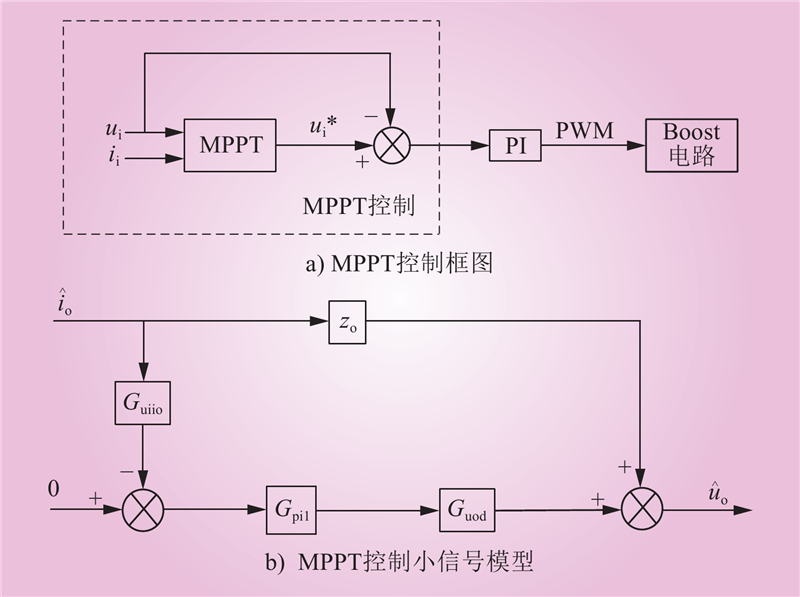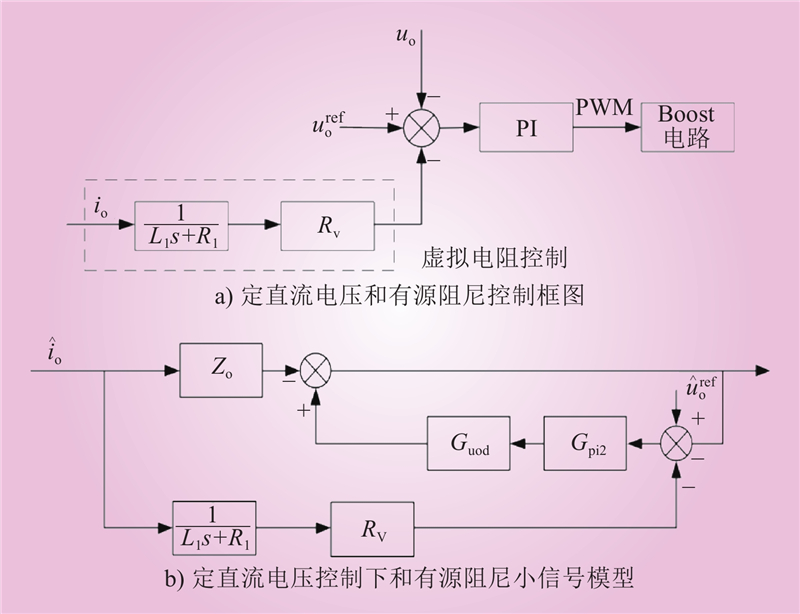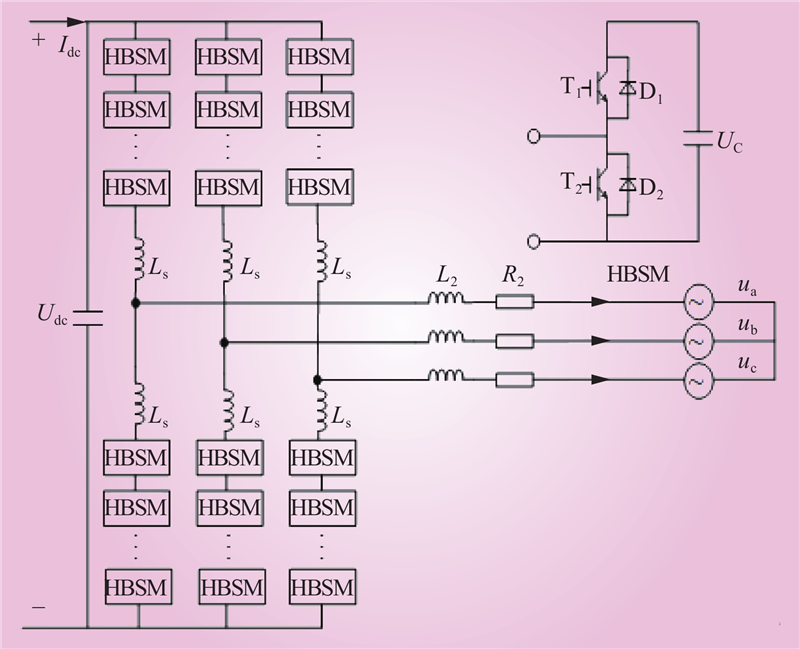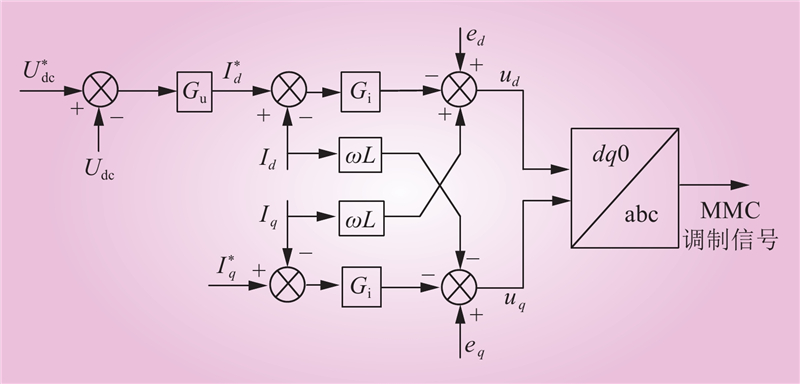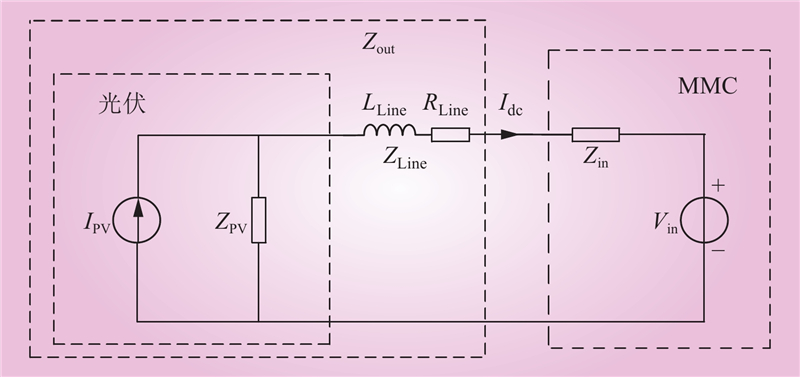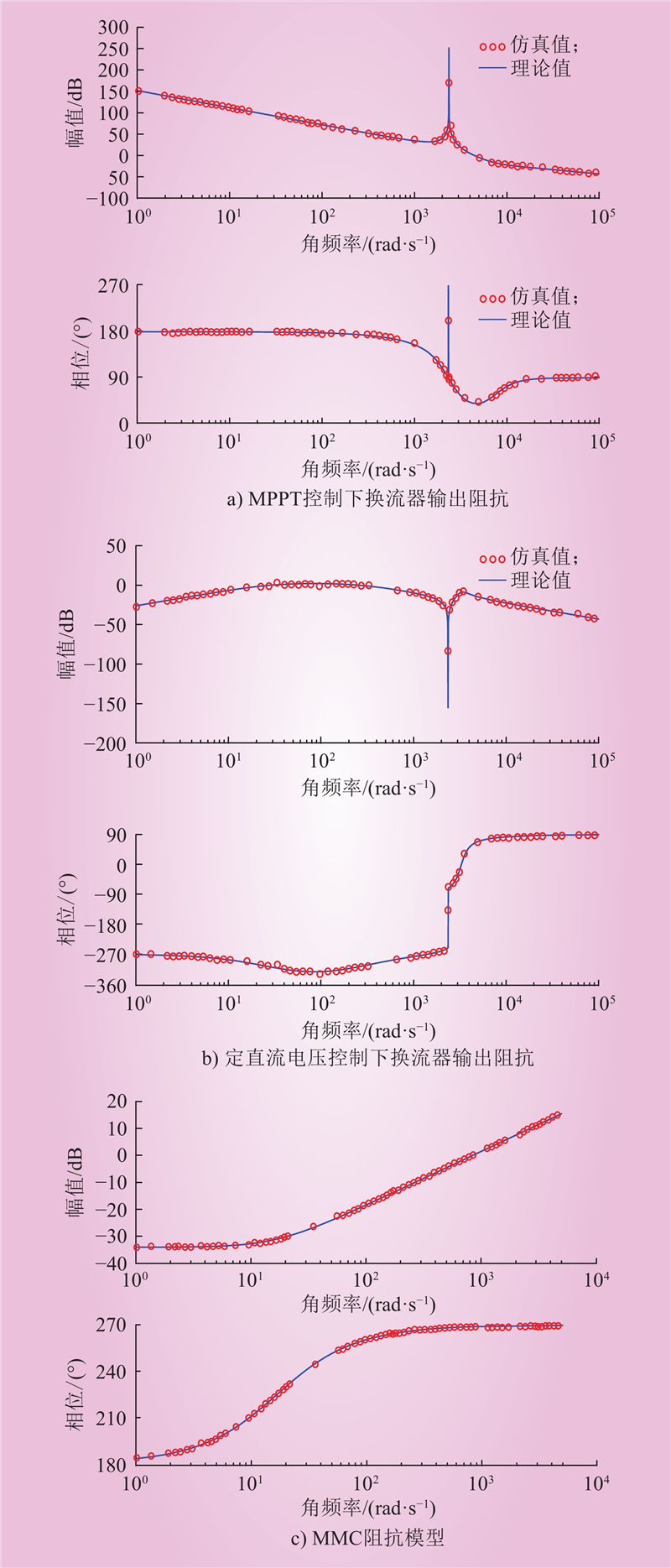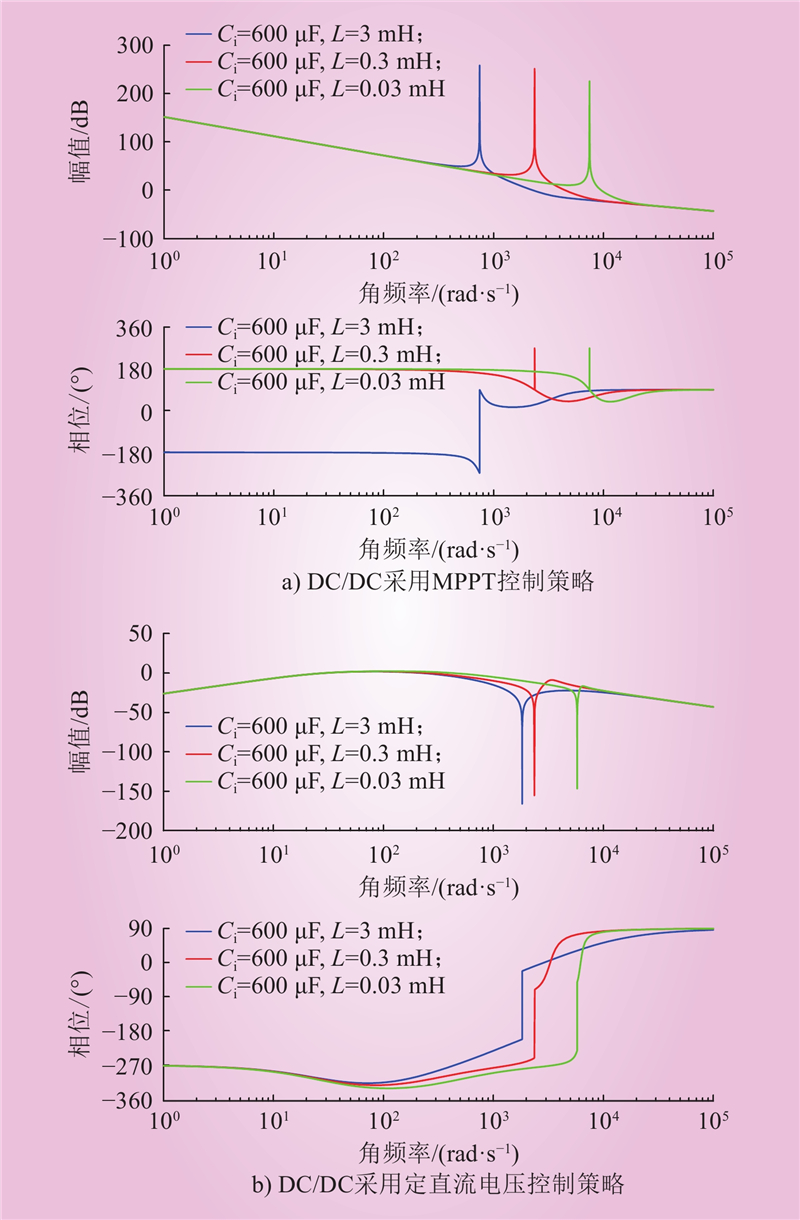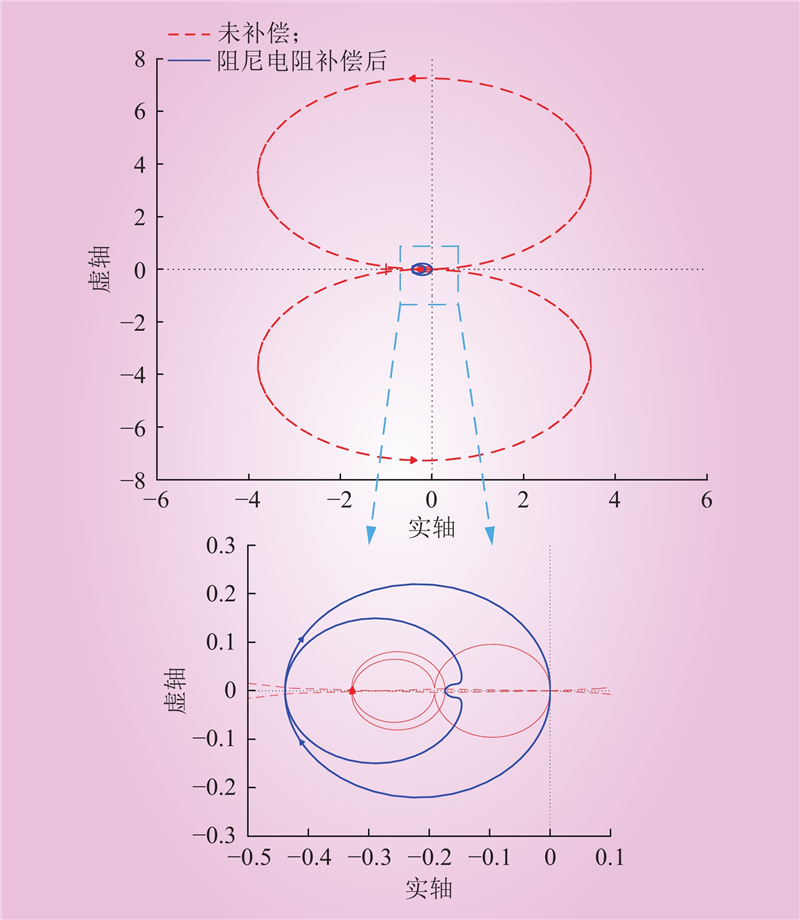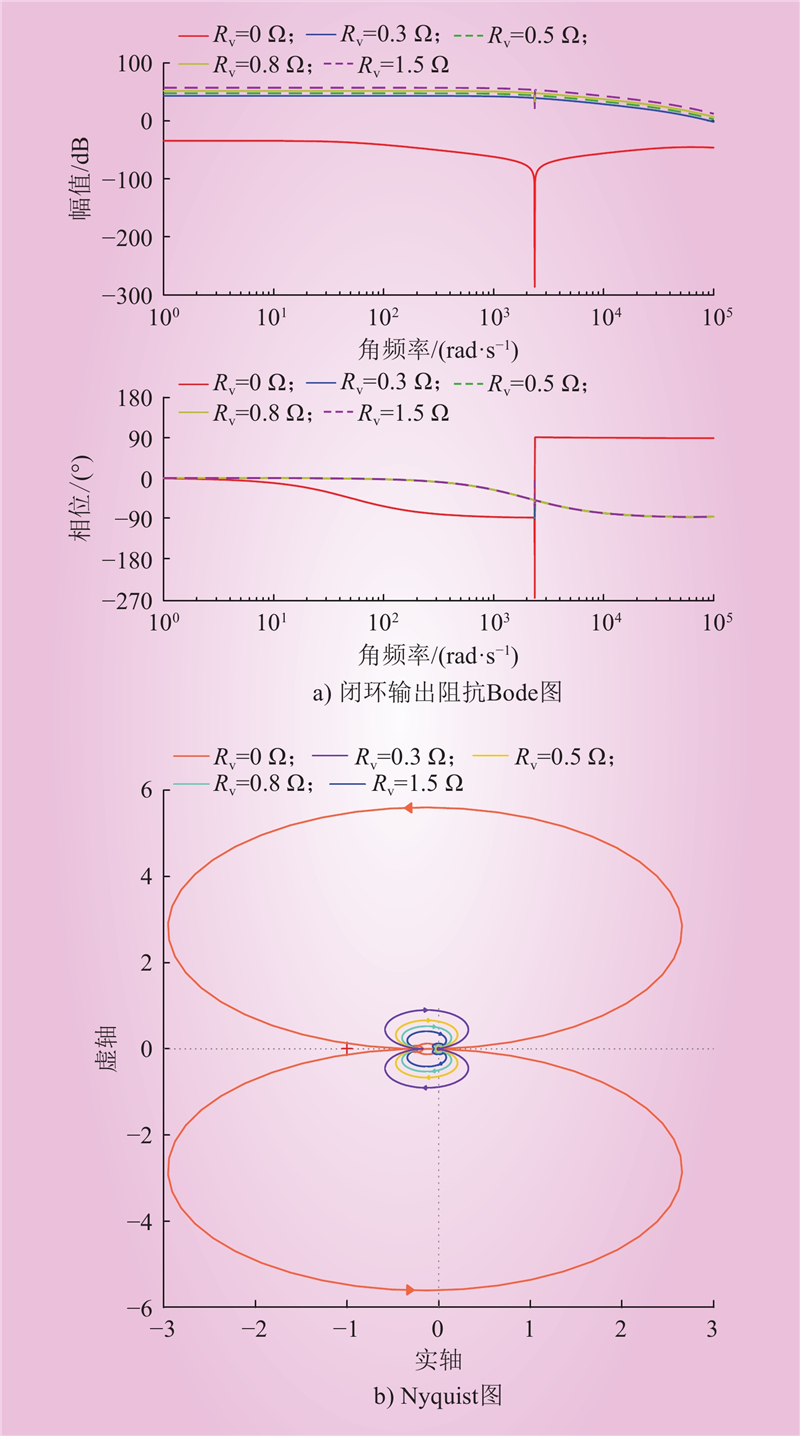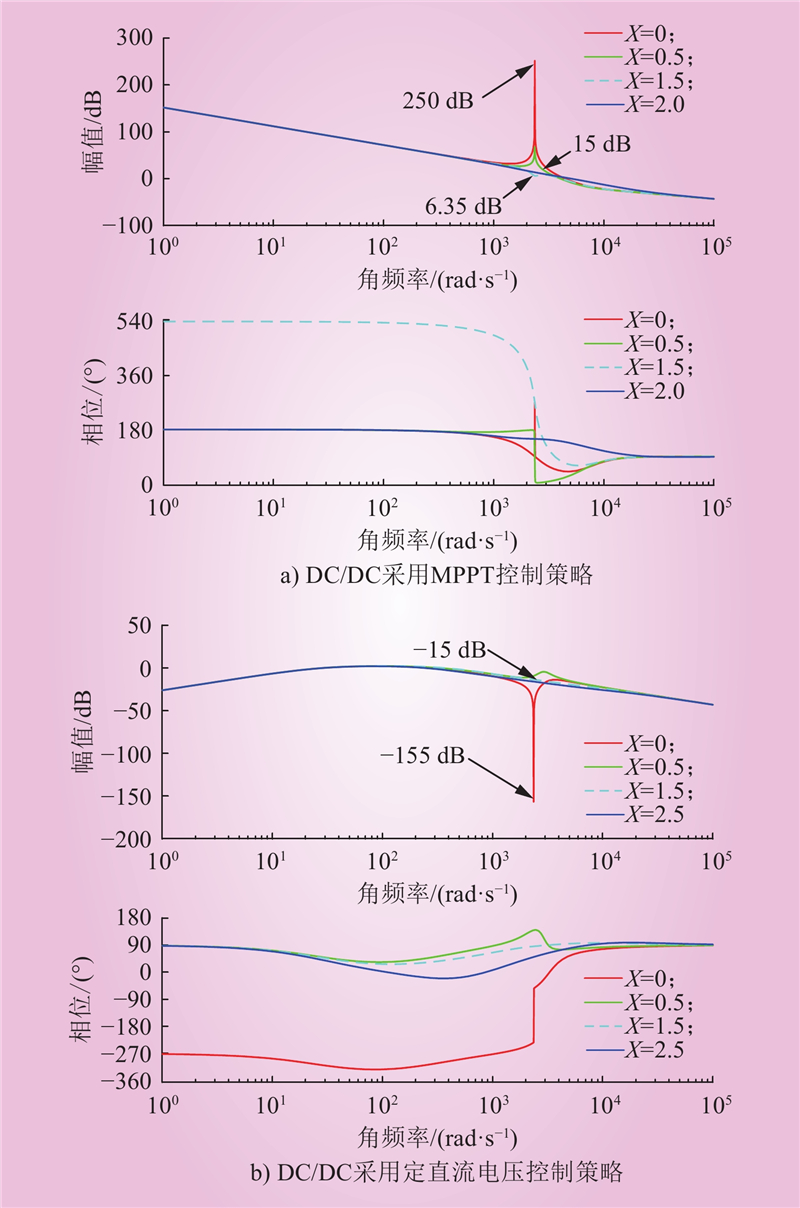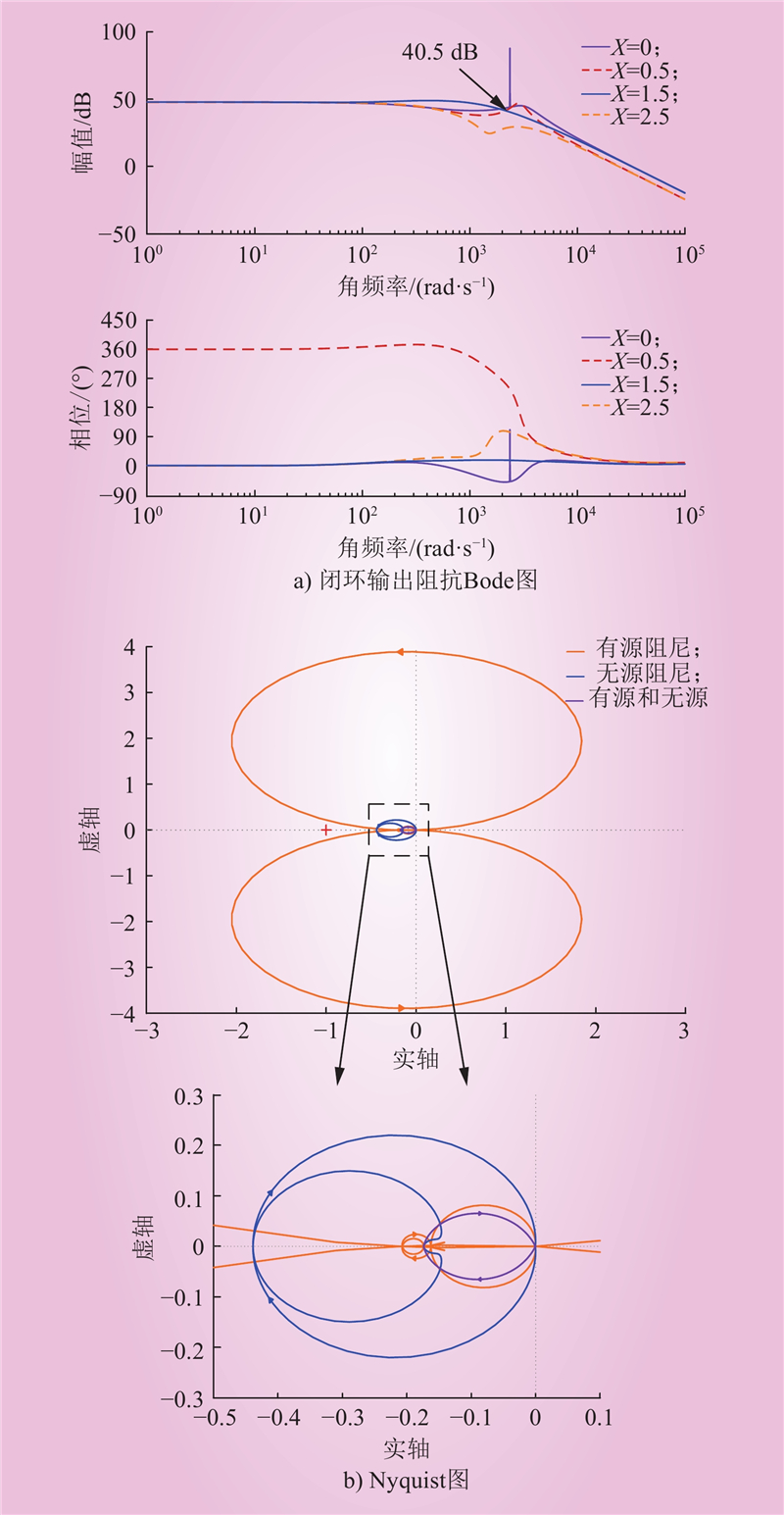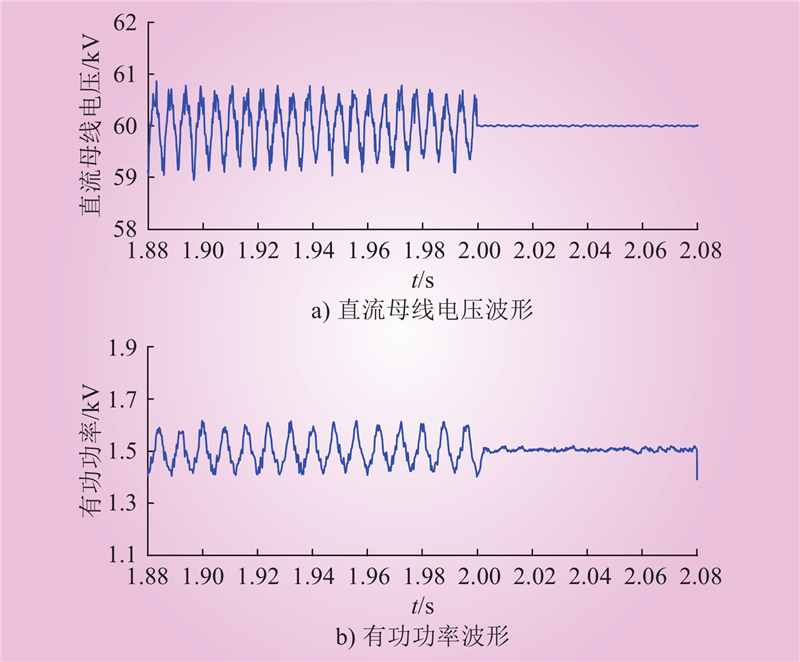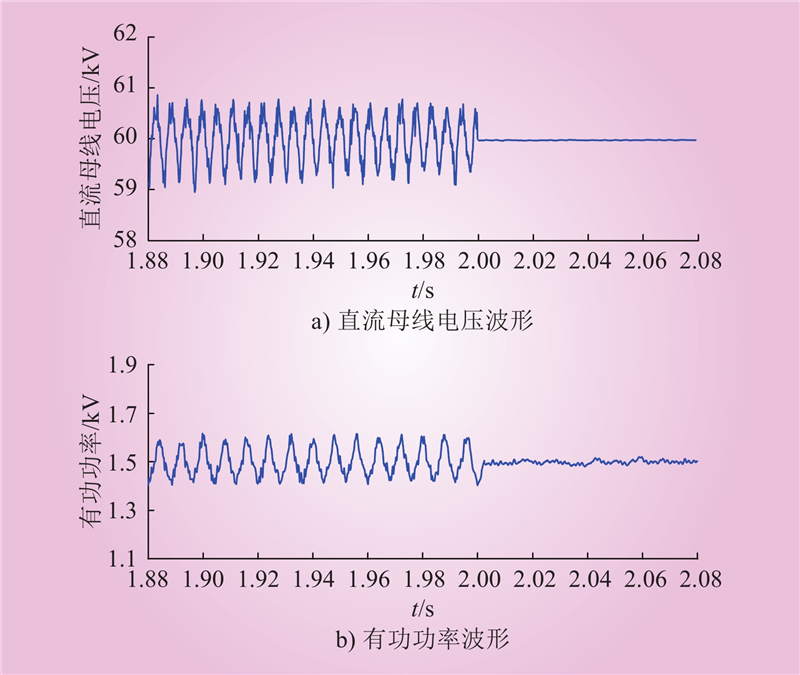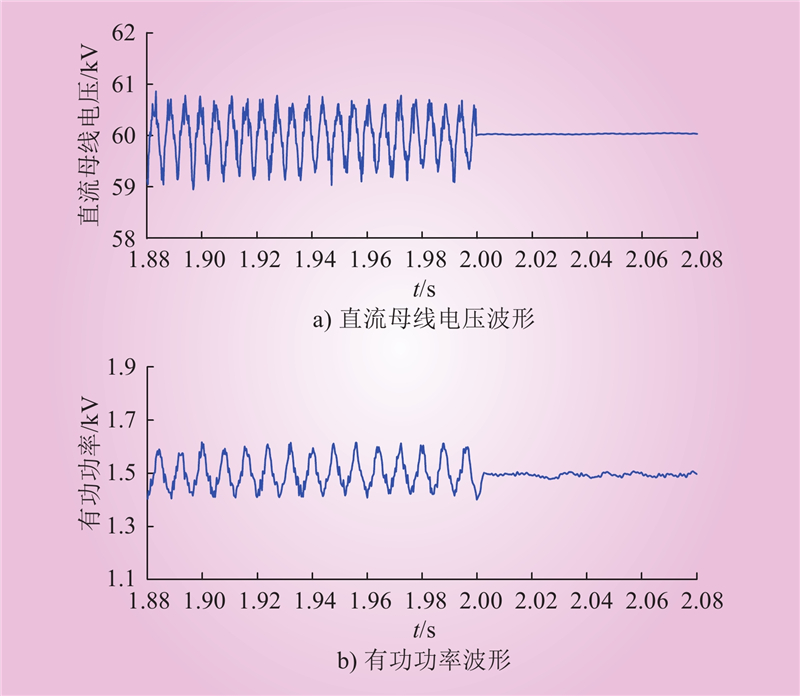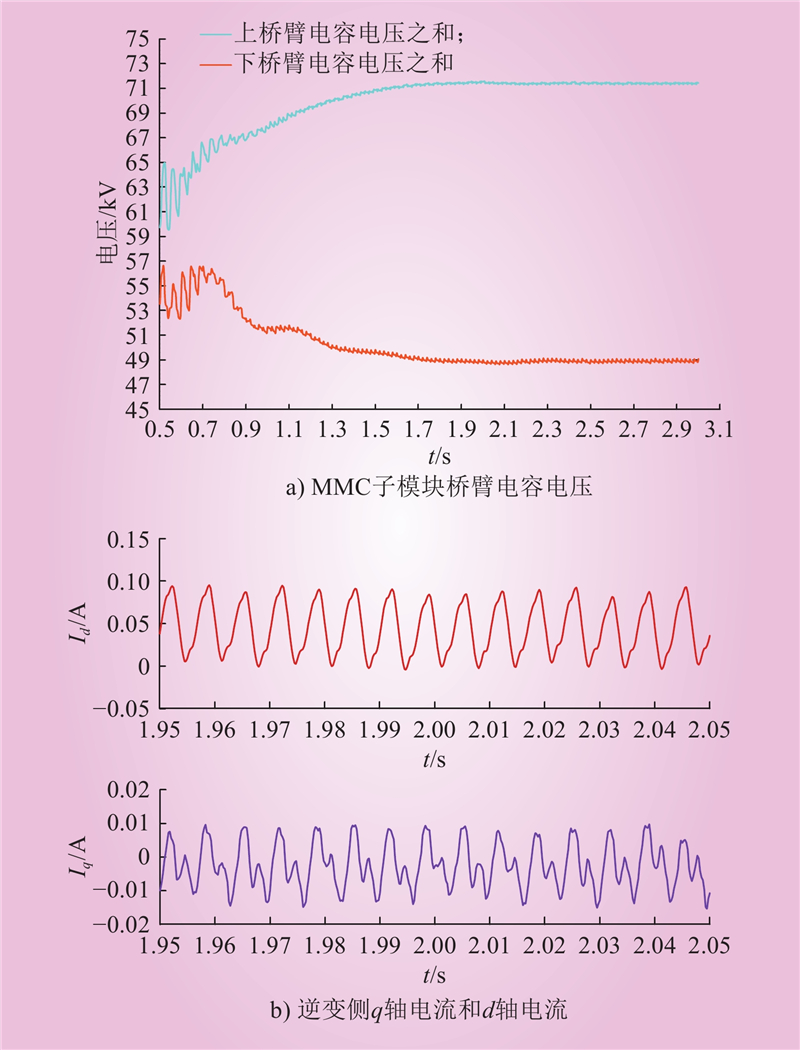| 1 |
WANDHARE R G, AGARWAL V. Reactive power capacity enhancement of a PV-grid system to increase PV penetration level in smart grid scenario[J]. IEEE Transactions on Smart Grid, 2014, 5 (4): 1845- 1854.
DOI
|
| 2 |
赵建文, 李洋, 袁艺博, 等. NFTSM控制的光伏并网系统低压穿越控制策略[J]. 电力系统及其自动化学报, 2024, 36 (5): 27- 36, 47.
|
|
ZHAO Jianwen, LI Yang, YUAN Yibo, et al. LVRT control strategy for photovoltaic grid-connected system controlled by NFTSM[J]. Proceeding of the CSU-EPSA, 2024, 36 (5): 27- 36, 47.
|
| 3 |
王磊, 武小龙, 侯俊贤, 等. 光伏经多端柔性直流输电并网的控制研究[J]. 电力系统保护与控制, 2019, 47 (4): 65- 72.
|
|
WANG Lei, WU Xiaolong, HOU Junxian, et al. Control of photovoltaic power integration based on multi-terminal VSC HVDC system[J]. Power System Protection and Control, 2019, 47 (4): 65- 72.
|
| 4 |
MALINOWSKI M, LEON J I, ABU-RUB H. Solar photovoltaic and thermal energy systems: current technology and future trends[J]. Proceedings of the IEEE, 2017, 105 (11): 2132- 2146.
DOI
|
| 5 |
田艳军, 高皓楠, 王毅, 等. 光照不均时独立输入串联输出型光伏升压DC-DC变流器组合电平法均压稳流控制[J]. 高电压技术, 2020, 46 (7): 2425- 2433.
|
|
TIAN Yanjun, GAO Haonan, WANG Yi, et al. Voltage balance and current smoothing modulation for independent input serial output photovoltaic boost DC-DC converter control under uneven illumination[J]. High Voltage Engineering, 2020, 46 (7): 2425- 2433.
|
| 6 |
SRINIVAS V L, SINGH B, MISHRA S. Fault ride-through strategy for two-stage grid-connected photovoltaic system enabling load compensation capabilities[J]. IEEE Transactions on Industrial Electronics, 2019, 66 (11): 8913- 8924.
DOI
|
| 7 |
高晓帆, 田书, 常永强. 一种新的大型光伏并网系统稳定性分析方法[J]. 电力系统保护与控制, 2020, 48 (1): 26- 32.
|
|
GAO Xiaofan, TIAN Shu, CHANG Yongqiang. A novel stability analysis method for large-scale photovoltaic system[J]. Power System Protection and Control, 2020, 48 (1): 26- 32.
|
| 8 |
杨苓, 陈燕东, 罗安, 等. 多机并网系统的两带阻滤波器高频振荡抑制方法[J]. 中国电机工程学报, 2019, 39 (8): 2242- 2252.
|
|
YANG Ling, CHEN Yandong, LUO An, et al. High-frequency oscillation suppression method by two Notch filters for multi-inverter grid-connected system[J]. Proceedings of the CSEE, 2019, 39 (8): 2242- 2252.
|
| 9 |
田艳军, 彭飞, 王慧, 等. 输电系统中并网变流器优化双向功率稳定性差异的阻抗控制策略[J]. 高电压技术, 2020, 46 (11): 3734- 3742.
|
|
TIAN Yanjun, PENG Fei, WANG Hui, et al. Impedance control strategy for optimizing bidirectional power stability difference of grid-connected converters in transmission system[J]. High Voltage Engineering, 2020, 46 (11): 3734- 3742.
|
| 10 |
SUN J. Impedance-based stability criterion for grid-connected inverters[J]. IEEE Transactions on Power Electronics, 2011, 26 (11): 3075- 3078.
DOI
|
| 11 |
田艳军, 刘腾飞, 王毅, 等. 光伏直流升压汇集系统级联变换器虚拟阻抗控制[J]. 高电压技术, 2022, 48 (1): 385- 397.
|
|
TIAN Yanjun, LIU Tengfei, WANG Yi, et al. Virtual impedance control for cascaded converters in photovoltaic DC boost collection system[J]. High Voltage Engineering, 2022, 48 (1): 385- 397.
|
| 12 |
HAROUN R, EL AROUDI A, CID-PASTOR A, et al. Impedance matching in photovoltaic systems using cascaded boost converters and sliding-mode control[J]. IEEE Transactions on Power Electronics, 2014, 30 (6): 3185- 3199.
|
| 13 |
郭力, 冯怿彬, 李霞林, 等. 直流微电网稳定性分析及阻尼控制方法研究[J]. 中国电机工程学报, 2016, 36 (4): 927- 936.
|
|
GUO Li, FENG Yibin, LI Xialin, et al. Stability analysis and research of active damping method for DC microgrids[J]. Proceedings of the CSEE, 2016, 36 (4): 927- 936.
|
| 14 |
张辉, 杨甲甲, 支娜, 等. 基于无源阻尼的直流微电网稳定性分析[J]. 高电压技术, 2017, 43 (9): 3100- 3109.
|
|
ZHANG Hui, YANG Jiajia, ZHI Na, et al. Stability analysis of DC microgrid based on the passive damping method[J]. High Voltage Engineering, 2017, 43 (9): 3100- 3109.
|
| 15 |
林 刚, 李 勇, 王姿雅, 等. 直流微电网谐振模态分析及有源阻尼抑制方法[J]. 电力自动化设备, 2019, 39 (4): 119- 125.
|
|
LIN Gang, LI Yong, WANG Ziya, et al. Analysis of resonant model of DC microgrid and its active damping suppression method[J]. Electric Power Automation Equipment, 2019, 39 (4): 119- 125.
|
| 16 |
张辉, 杜明桥, 孙凯, 等. 双母线直流微电网的级联稳定性分析[J]. 电力自动化设备, 2021, 41 (5): 34- 42.
|
|
ZHANG Hui, DU Mingqiao, SUN Kai, et al. Cascade stability analysis of double-bus DC microgrid[J]. Electric Power Automation Equipment, 2021, 41 (5): 34- 42.
|
| 17 |
贾科, 陈金锋, 钮厚敏, 等. 光伏并网系统的谐振抑制策略及无源阻尼选取方法[J]. 电力系统自动化, 2021, 45 (15): 109- 114.
|
|
JIA Ke, CHEN Jinfeng, NIU Houmin, et al. Resonance suppression strategy and passive damping resistance selection method for photovoltaic grid-connected system[J]. Automation of Electric Power Systems, 2021, 45 (15): 109- 114.
|
| 18 |
罗宇强, 谭建成, 董国庆. 级联式光伏电站直流并网拓扑及其控制策略[J]. 电力系统保护与控制, 2016, 44 (13): 14- 19.
|
|
LUO Yuqiang, TAN Jiancheng, DONG Guoqing. Topology of direct-current connecting cascaded photo-voltaic power station to power grid and its control strategy[J]. Power System Protection and Control, 2016, 44 (13): 14- 19.
|
| 19 |
江悦, 曹旌, 梁刚, 等. 光伏并网逆变器谐波特性分析与谐波电流抑制[J]. 电力系统及其自动化学报, 2022, 34 (9): 64- 72.
|
|
JIANG Yue, CAO Jing, LIANG Gang, et al. Analysis of harmonic characteristics and suppression of harmonic current for photovoltaic grid-connected inverter[J]. Proceedings of the CSU-EPSA, 2022, 34 (9): 64- 72.
|
| 20 |
徐政, 屠卿瑞, 管敏渊, 等. 柔性直流输电系统[M]. 北京: 机械工业出版社, 2013.
|



